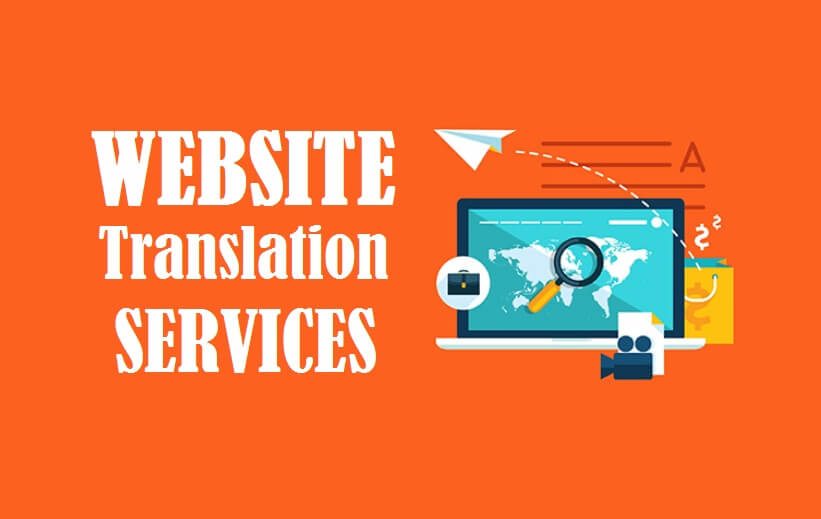Cloud translation management systems (TMS) have completely transformed how brands localize their content.
Powerful features, such as Artificial Intelligence and automation, are constantly working to improve your translation quality and speed, making it easier than ever to reach audiences all over the world.
Consider this: what if translators did not have to spend the majority of their time translating the same words or phrases over and over? They don’t, in fact. Translation memory handles it for them in a modern TMS.
Translation memory, which is housed within your translation management system, is constantly working to help your translators save time and money.
What Is Translation Memory?
Translation memory is a database that consists of translated versions of phrases, sentences or parts of a sentence and paragraphs. These translations can belong to not only one but more languages as well. Translation agencies use software programs that use translation memory known as Translation memory managers. It is generally a union with software or CAT tools. It helps in completing document translation tasks faster during times of heavy workload. This helps save money as it removes the need for another translator to complete the work. Most of the global, as well as translation agencies who work on multilingual translations, use translation memory managers.
How does it work ?
Translation memory operates on a sentence-by-sentence basis. When a translator uses a CAT tool to translate a sentence, the sentence is compared to sentences in memory. If a similar sentence is found in the translation memory, the CAT tool will alert the translator and give them the option to:
i) implement the TM translation,
ii) substitute a new translation
or iii) alter the TM-provided reference.
When performing concordance searches within translation memory databases, you will find three types of matches:
Exact match searches a translation memory database for phrases and word sequences that are 100 percent of a match, indicating that they are likely to be re-used.
Fuzzy match searches a translation memory database for phrases and word sequences that aren’t exactly the same, but a translator can decide whether or not to use the translation based on the context.
When the text of a string matches the text of a string and the context in the translation memory, it is said to be a 100 percent match.
The Advantages of Translation Memory
The concept of utilizing a translation memory is straightforward. It saves translators time by not having to translate the same sentences over and over, which has a number of advantages:
Consistent Translations: When the same sentences must be translated repeatedly, translation memory suggests previous translations to maintain consistency across all work.
Centralized Database: When one or more translators are working on the same texts, they are more likely to use the same translation based on the translation memory’s references and suggestions.
Savings on Translation: Simply put, the more you translate, the less you have to pay for translation. Every time you translate a new string, it is added to the translation memory and can be reused indefinitely.
Improved Quality: Project managers and linguists can collaborate to refine and optimize translation memory entries in order to maintain brand tone and voice.
There are two types of Translation memory systems namely
Desktop system
Individual translators use this kind of system. They use it by installing it on their computers. The TM is present on their computers themselves. It is the best option for freelancers who have some experience in this field.
Server system
Big-scale Translation agencies use this kind of system. Here, the TM is present on the server. The translators use it along with their desktop TM systems. It is obviously better than the former as it is more efficient and has a larger database. Moreover, all the translators working on different parts of the same project can use it. This ensures uniform translation in the same project regardless of the people working on it.
Is it a machine translation? Which is better?
No, it isn’t. It is a database of previous translations of parts of a text. It is specific. And not general. Machine translation is different. It is general. This is because we can use it for any context. It may or may not make sense. But, people or agencies use TM when they work on a similar kind of project very often. People don’t use TM for translating words. Instead, they use Machine translation software for the translation of words. Moreover, translation of a paragraph or a complex sentence using machine translation might make you lose your job if the work is very crucial. And the agency might not trust you for future projects as well. Hence, Translation memory is a much better option. As it is acceptable as well as time-saving.
But translation memory isn’t something that you can make and use for further translation work. This is because the use of TM depends on the context of the work. Suppose, you have a TM containing translations from French to English for a project in India. You can’t use the TM for the same language pair in a place such as Russia. This is because localization techniques that work well in India won’t work well in Russia.
These are most of the non-technical and conceptual information about Translation memory. You can use various software programs to create your own translation memory such SDL Trados Studio or Wordfast.



